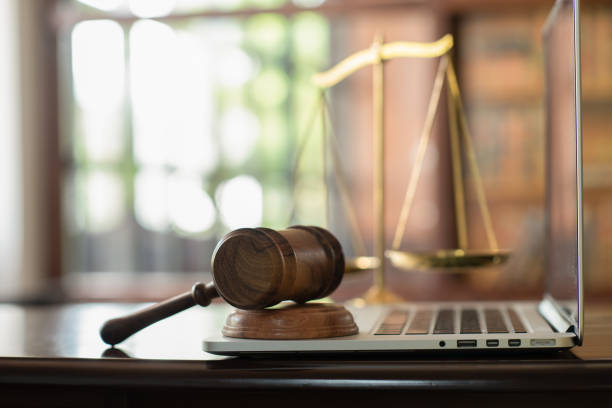After experiencing an accident, the physical injuries sustained are often accompanied by significant pain and emotional suffering. In legal terms, compensation for these intangible losses is referred to as damages for pain and suffering. At Corridor Solutions, we understand the profound impact that pain and suffering can have on accident victims, and we are dedicated to helping our clients recover the compensation they deserve. Here’s what you need to know about recovering damages for pain and suffering after an accident:
- What is Pain and Suffering?: Pain and suffering encompass the physical discomfort, emotional distress, and mental anguish experienced as a result of an accident. These damages are subjective and can vary widely from person to person. Examples of pain and suffering include chronic pain, anxiety, depression, and loss of enjoyment of life.
- Types of Damages: Damages for pain and suffering fall under the category of non-economic damages, which are intended to compensate victims for losses that are not easily quantifiable. Unlike economic damages, which compensate for measurable financial losses such as medical expenses and lost wages, non-economic damages focus on the emotional and psychological toll of the accident.
- Factors Considered in Calculating Damages: Several factors may be considered when calculating damages for pain and suffering, including the severity and duration of the injuries, the extent of medical treatment required, the impact on daily activities and quality of life, and the prognosis for future recovery. Additionally, the age, occupation, and pre-existing medical conditions of the victim may also be taken into account.
- Proving Pain and Suffering: Proving pain and suffering can be challenging since these damages are subjective and not easily quantifiable. Documentation such as medical records, photographs of injuries, testimony from medical experts, and journal entries detailing the impact of the injuries on daily life can help substantiate your claim for pain and suffering damages.
- Caps on Damages: Some states impose caps or limits on the amount of damages that can be awarded for pain and suffering in personal injury cases. It’s essential to be aware of any applicable laws or limitations in your jurisdiction when pursuing a claim for pain and suffering damages.
- Legal Representation: Seeking legal resources from a skilled personal injury attorney is crucial in recovering damages for pain and suffering. An attorney can assess the circumstances of your case, gather evidence to support your claim, and negotiate with insurance companies or litigate in court to pursue fair compensation for your intangible losses.
At Corridor Solutions, we are dedicated to advocating for accident victims and helping them recover the full and fair compensation they deserve, including damages for pain and suffering. If you have been injured in an accident, don’t hesitate to reach out to us for experienced legal guidance and help. We are here to fight for your rights and support you every step of the way.

